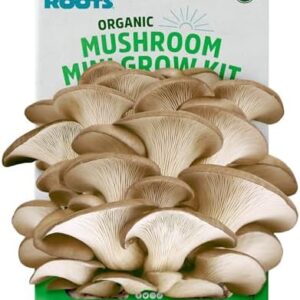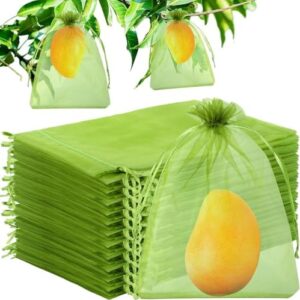Do you have a beautiful garden that you wish you could expand without spending a fortune on buying new plants? Well, you’re in luck! Plant division is a simple and cost-effective way to grow your garden by multiplying your existing plants. In this article, we’ll discuss the benefits of plant division, the best plants to divide, and tips and tricks for successfully dividing your plants.
The Benefits of Plant Division
Plant division is a great way to increase the number of plants in your garden without having to purchase new ones. By dividing your existing plants, you can create more space in your garden, fill in bare spots, and even share your plants with friends and family. Not only is plant division cost-effective, but it can also help improve the overall health and vigor of your plants.
When you divide a plant, you are essentially creating new plants from the parent plant. This process encourages the growth of new roots, leading to healthier plants with increased resilience to pests and diseases. Additionally, dividing plants can help rejuvenate older, overgrown plants by promoting new growth and improving their overall appearance.
Best Plants to Divide
While many plants can be divided successfully, some types of plants are better suited for division than others. Perennials, which are plants that live for more than two years, are generally the best candidates for division. Some popular perennials that can be divided include hostas, daylilies, irises, and ornamental grasses.
When choosing plants to divide, look for those that have become overcrowded or have outgrown their space. Signs that a plant may benefit from division include crowded root systems, reduced flowering, and overall decline in health. Dividing these plants will help them thrive and rejuvenate your garden.
Tips and Tricks for Successful Plant Division
Now that you know the benefits of plant division and which plants to divide, let’s discuss some tips and tricks for successfully dividing your plants.
1. Timing is key: The best time to divide most perennials is in the spring or fall when the plants are not in active growth. Avoid dividing plants during periods of extreme heat or cold, as this can stress the plants and reduce their chances of survival.
2. Prepare the plants: Before dividing a plant, water it well to ensure that the roots are moist and easier to work with. Use a sharp, clean knife or shovel to carefully separate the plant into smaller sections. Make sure each section has a healthy root system and several stems or shoots.
3. Divide with care: When dividing plants, be gentle to avoid damaging the roots or stems. Some plants may have tough, fibrous roots that are difficult to separate, so take your time and work slowly to avoid unnecessary stress on the plant.
4. Replant properly: After dividing a plant, replant each section in a suitable location with well-draining soil. Water the newly divided plants thoroughly to help them establish new roots and reduce transplant shock. Mulch the plants to retain moisture and prevent weeds from growing.
5. Monitor growth: Keep an eye on the divided plants and monitor their growth and progress. Water them regularly, especially during dry periods, and fertilize them as needed to promote healthy growth. Prune any damaged or dead foliage to encourage new growth.
6. Share the wealth: Once you have successfully divided your plants, don’t be afraid to share them with friends and family. Plant division is a great way to exchange plants and spread the beauty of your garden to others.
In conclusion, plant division is a simple and cost-effective way to grow your garden and increase the number of plants in your landscape. By dividing your existing plants, you can create more space in your garden, improve the overall health of your plants, and share your garden with others. Remember to choose the right plants to divide, follow the tips and tricks for successful division, and enjoy the benefits of a flourishing garden. Happy dividing!






